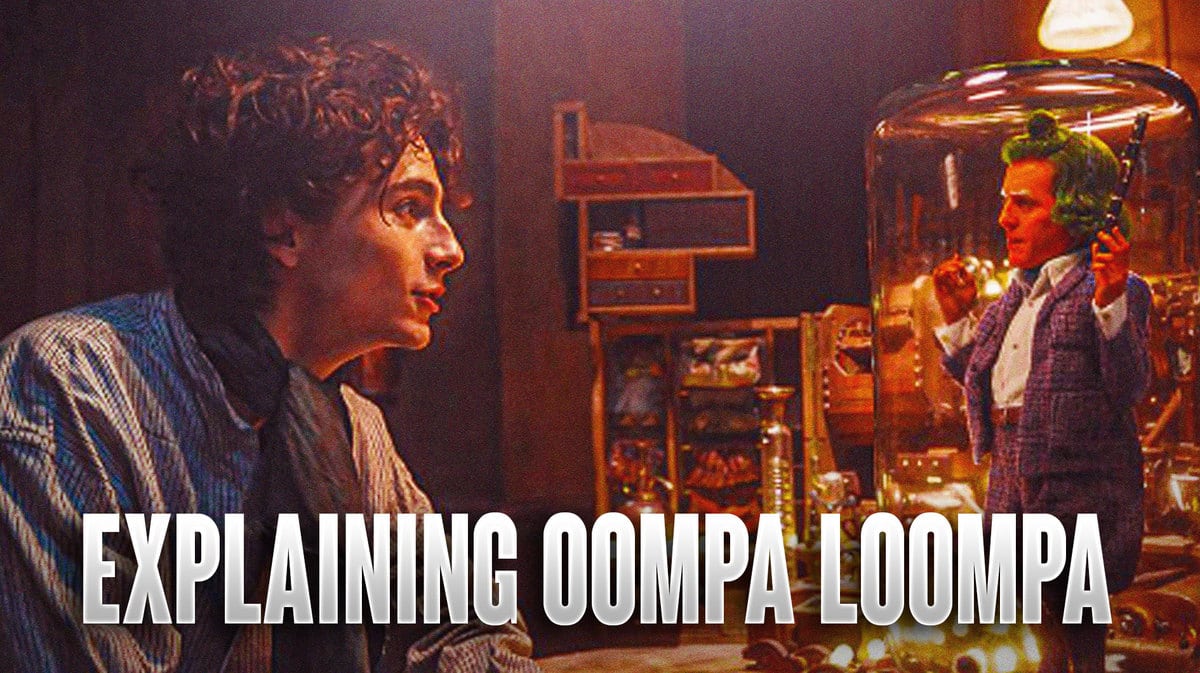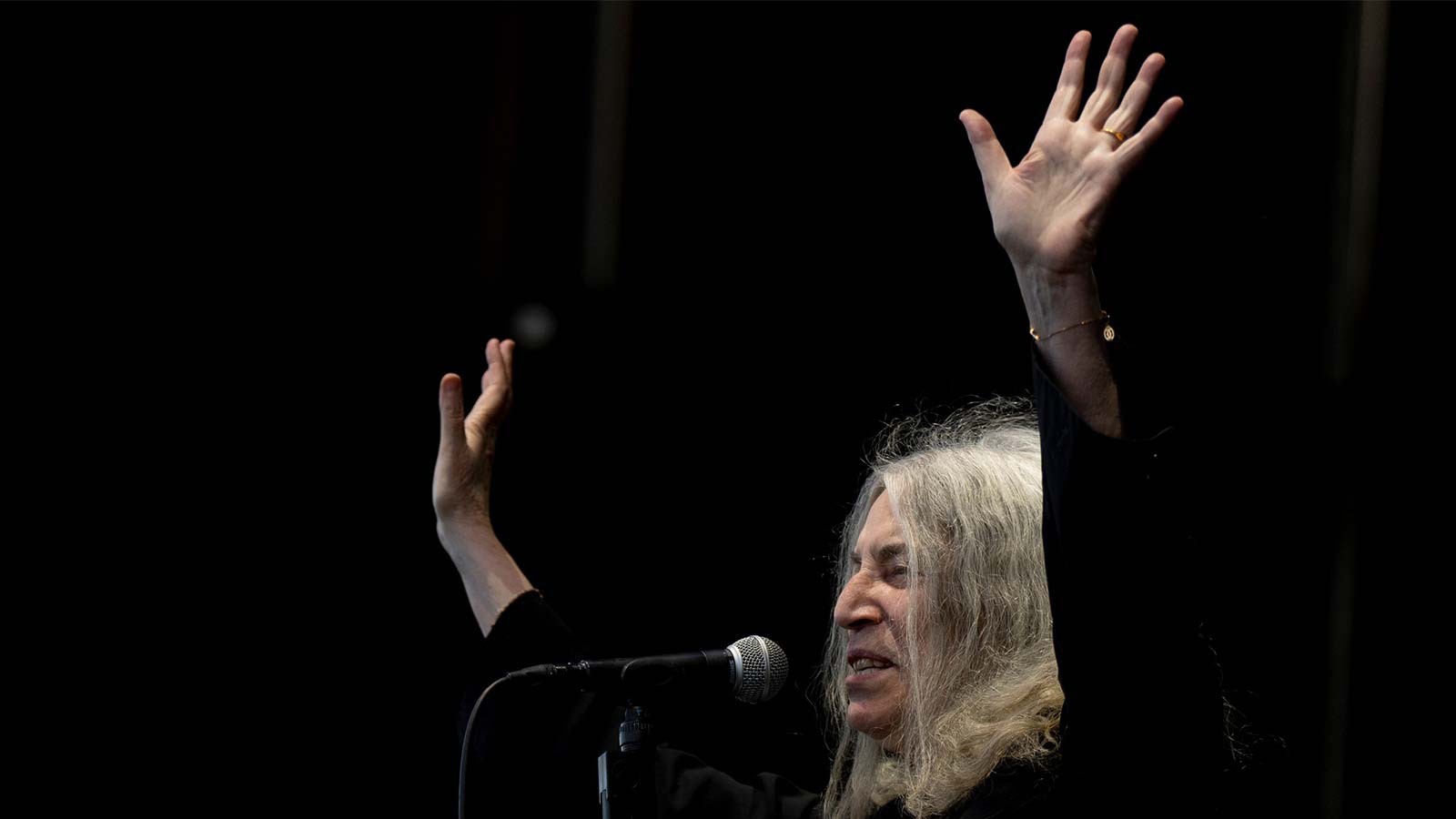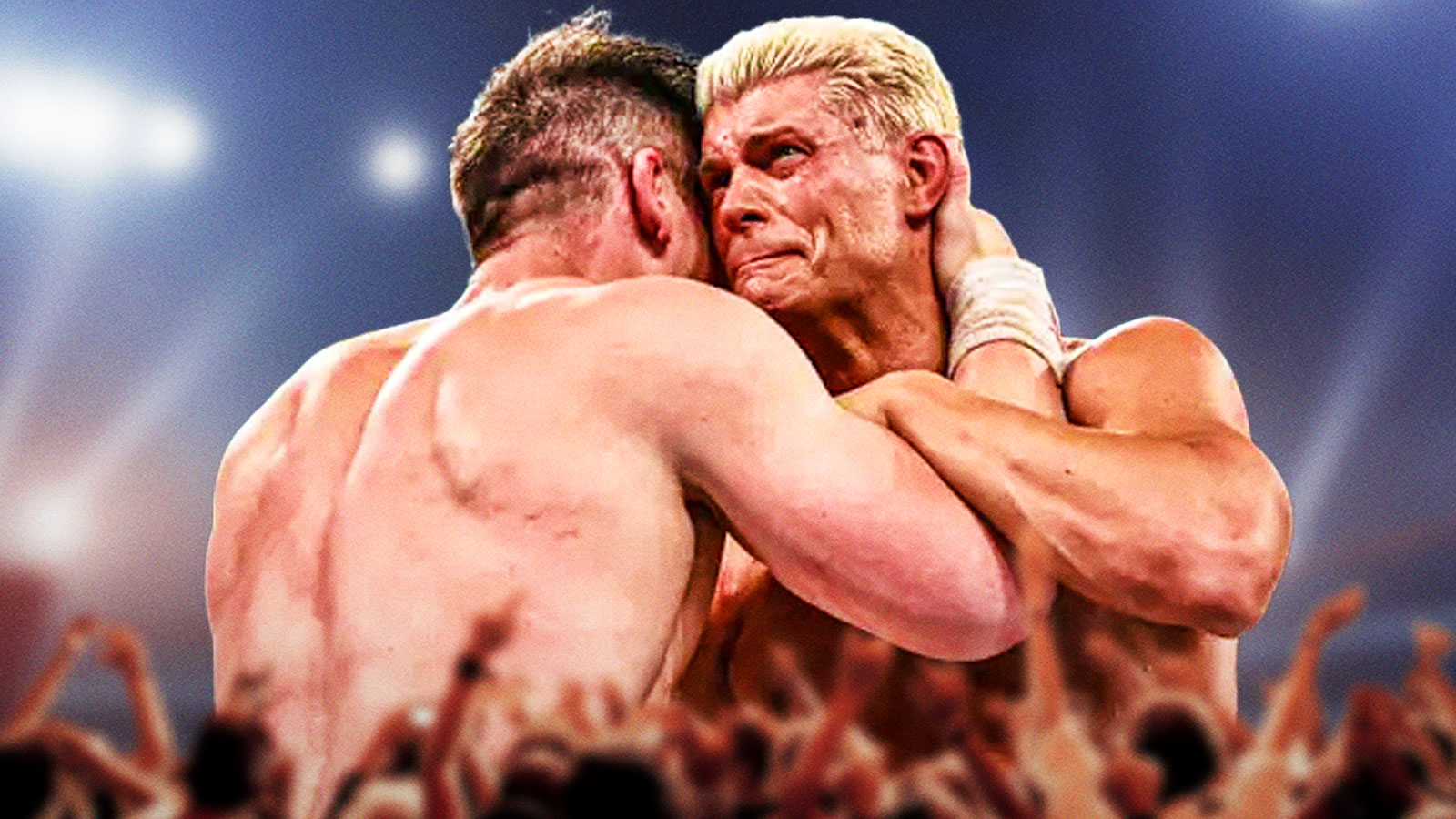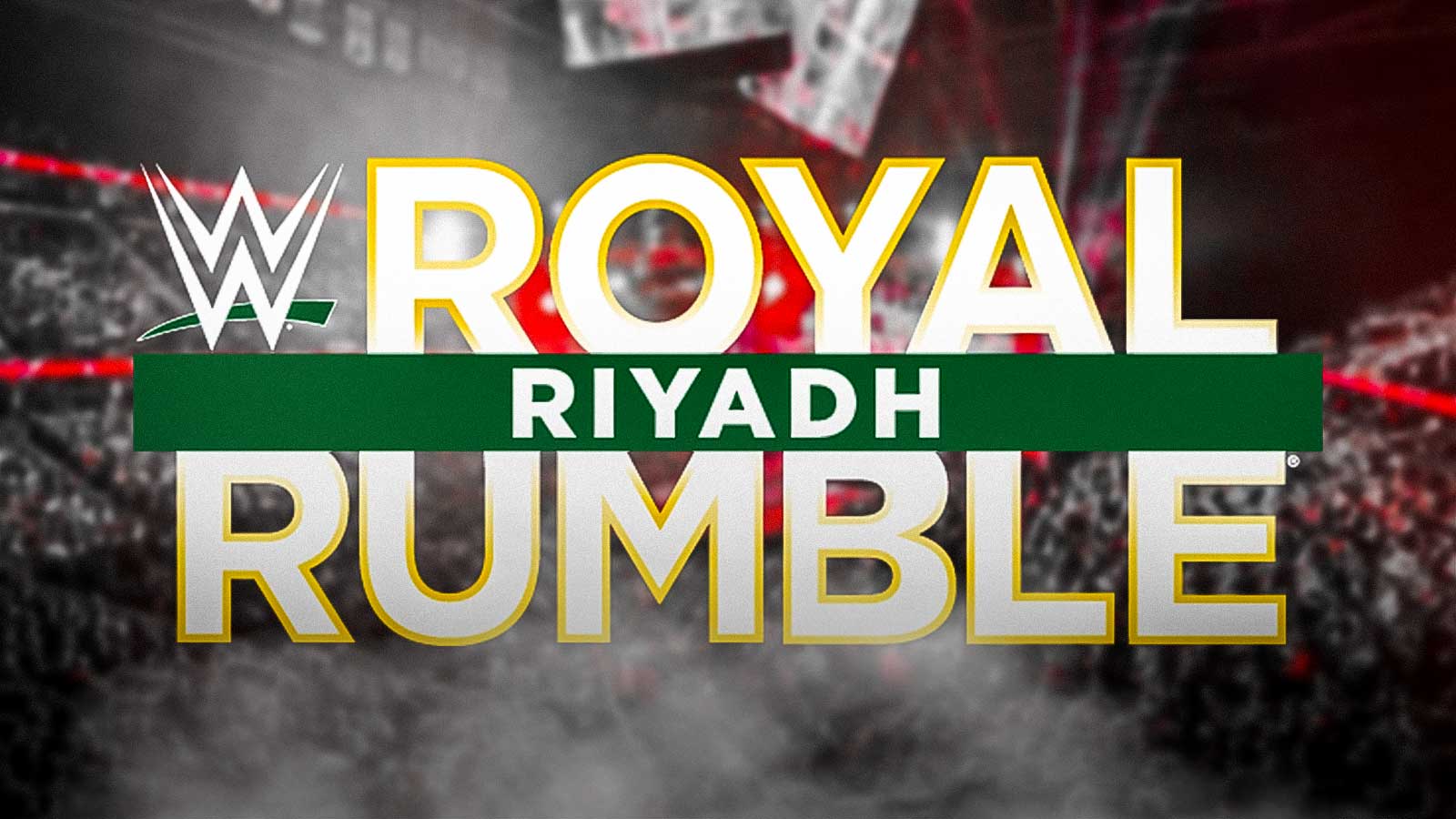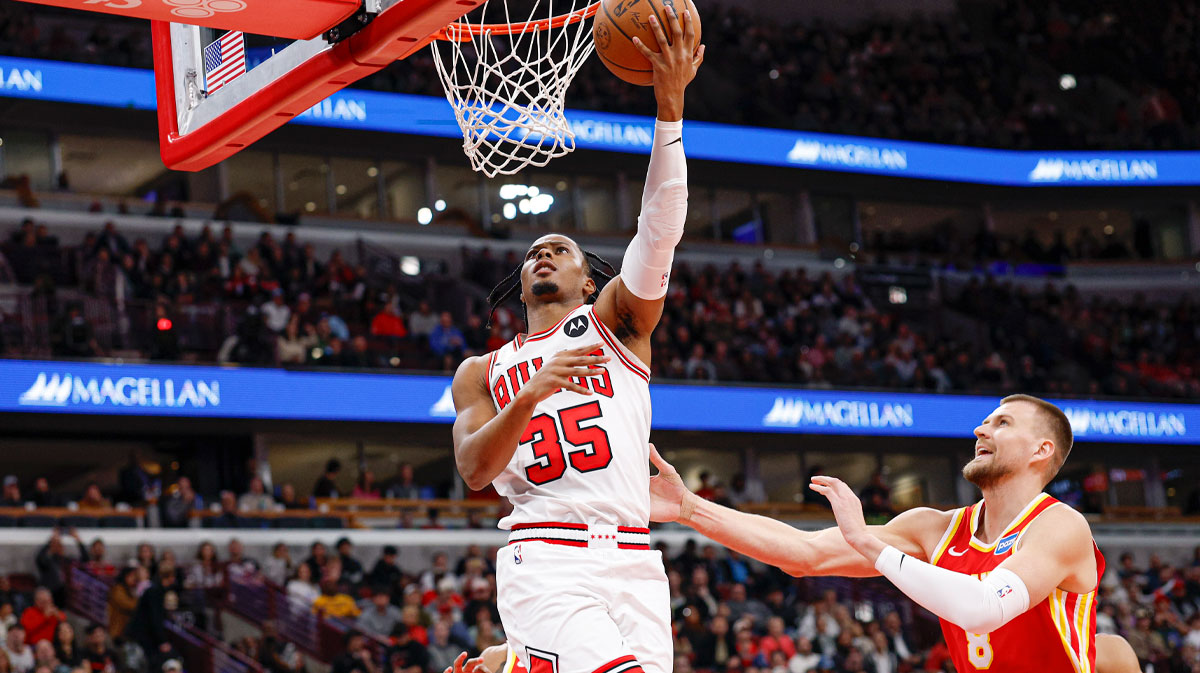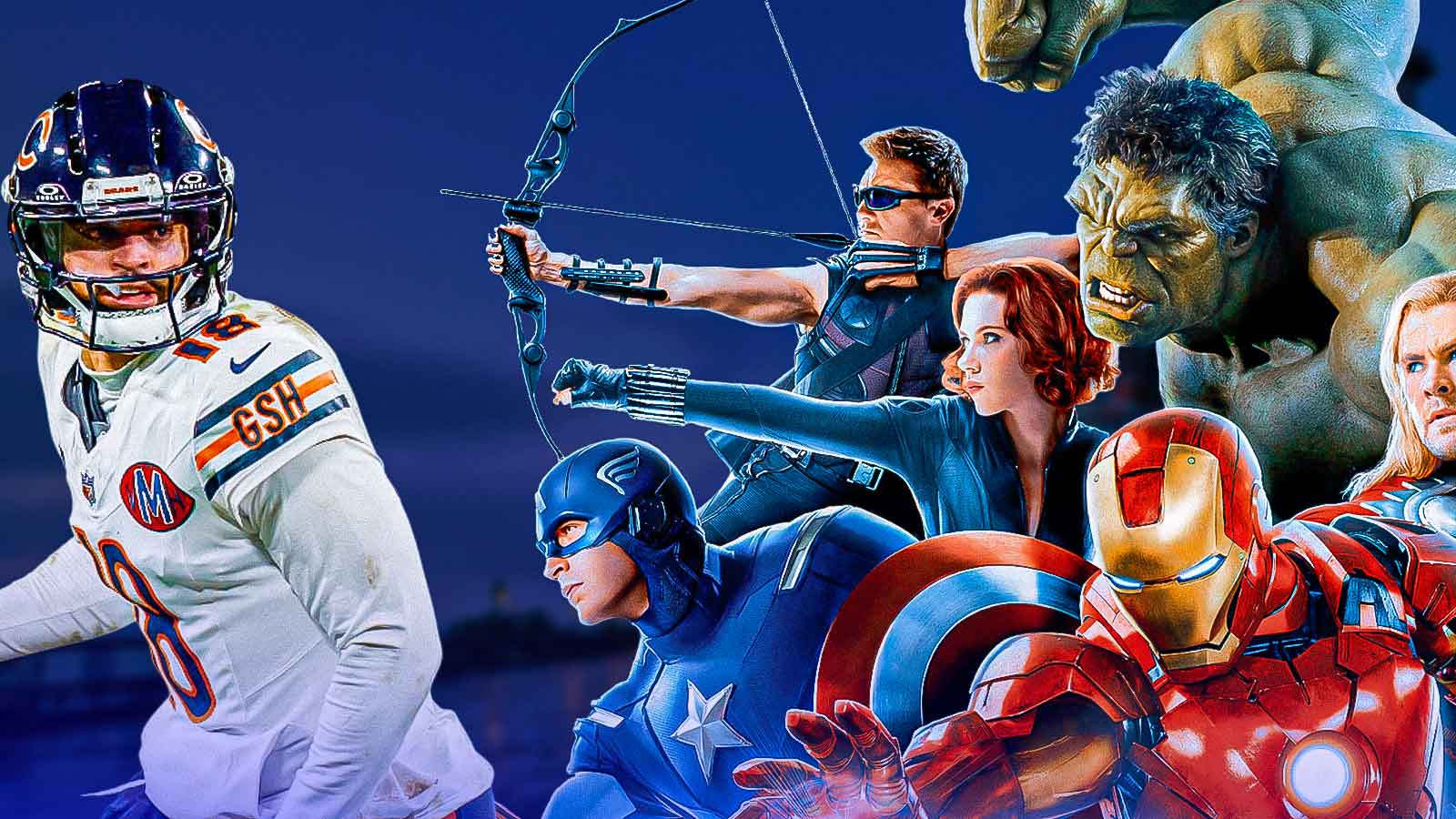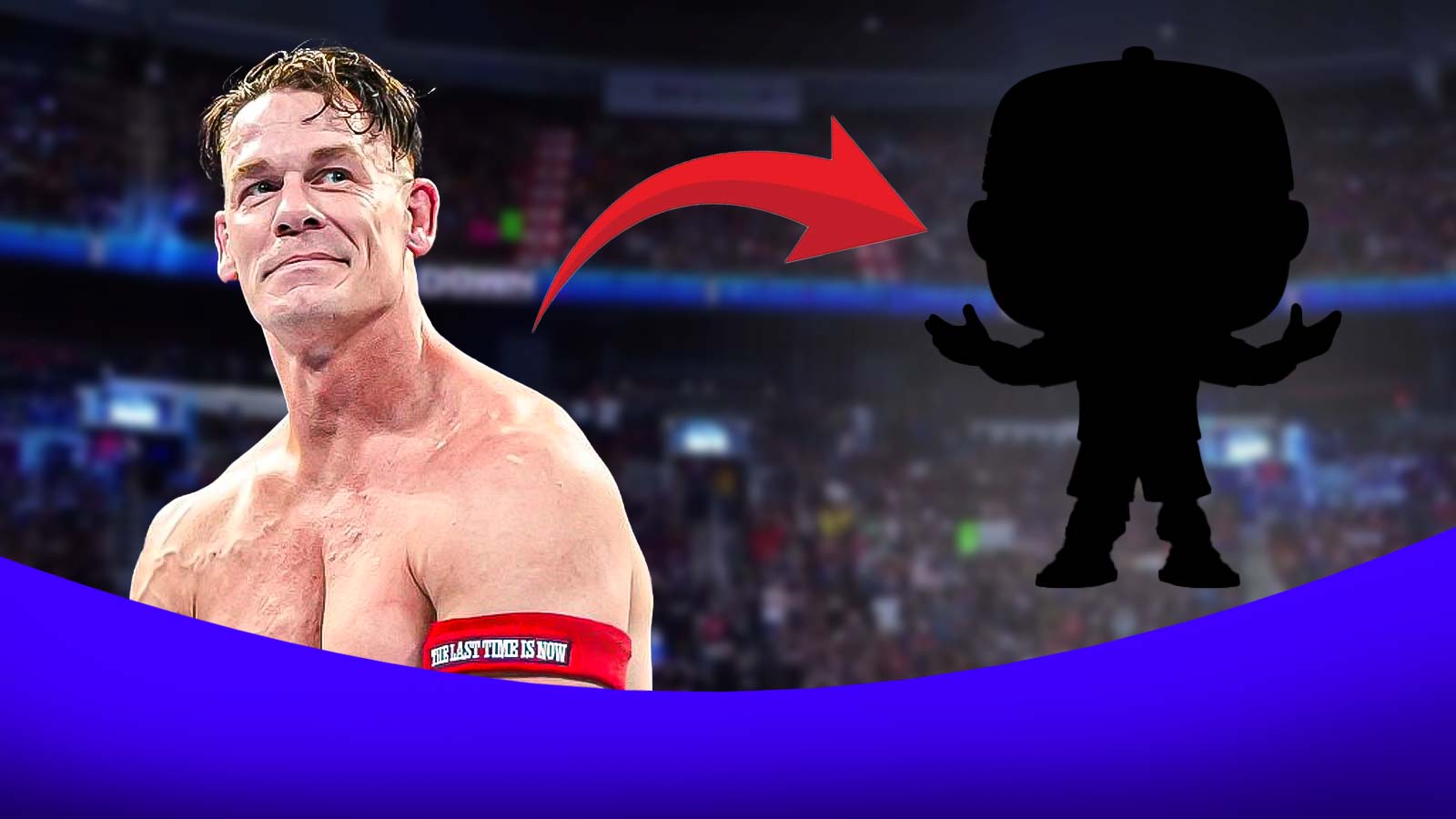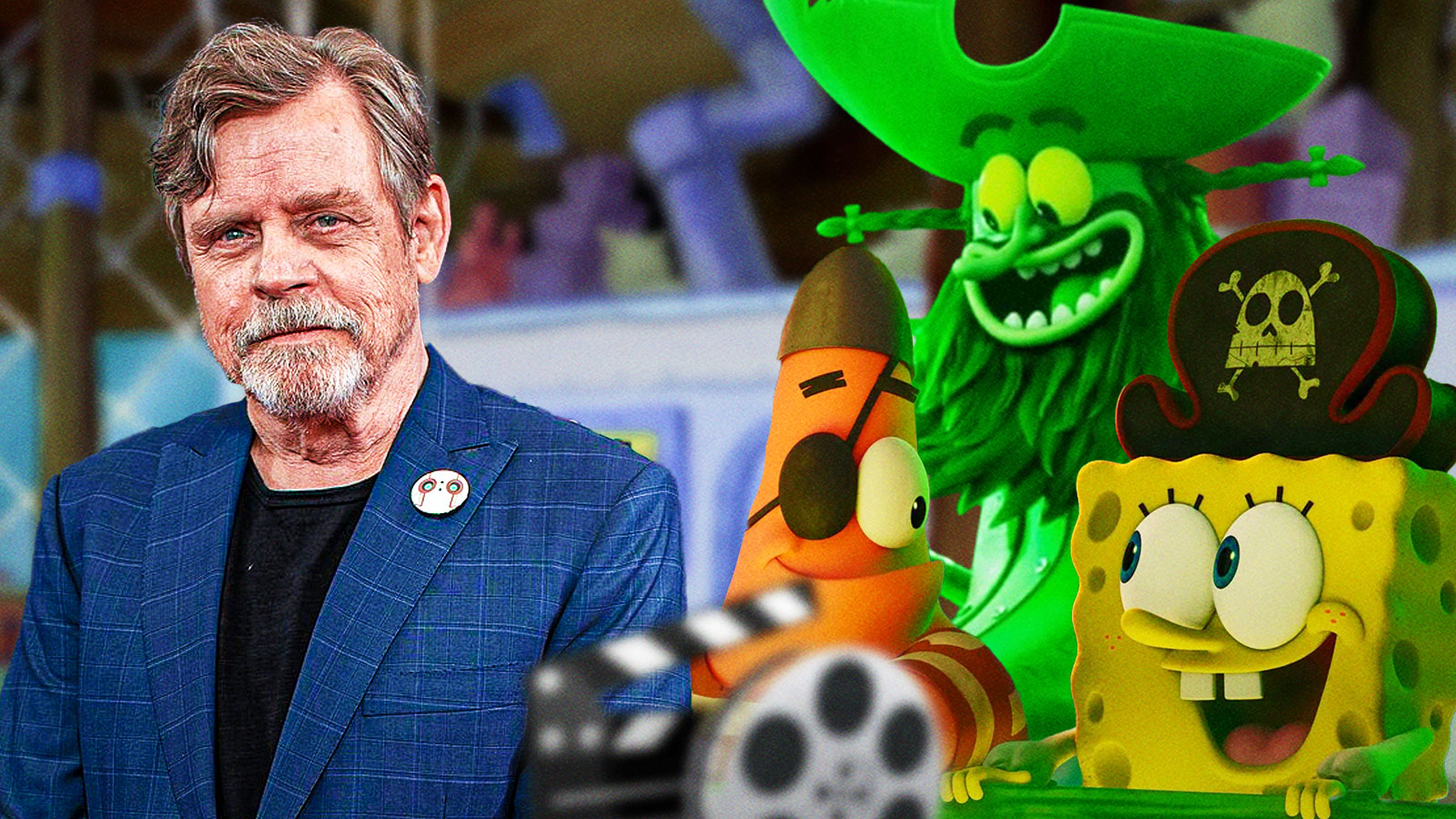Timothée Chalamet's new movie, “Wonka,” is coming soon. Unlike the many remakes of Willy Wonka and his chocolate factory, this film will tell the story of a young Willy Wonka. And how he first met the Oompa-Loompas, played by Hugh Grant, in one of his earliest adventures.
Over the years, various actors have portrayed the Oompa-Loompas. But who are they?
Oompa-Loompas description
The Oompa-Loompas are small humans working in Wonka's factory. Used to face dangers in their home. Wonka invited them to join his chocolate factory. As seen in films, Wonka pays them in cocoa beans, a rare treat on their island and one that they worship the most. They are mischieves in nature, loves practical jokes and improvised songs, especially after a child's misbehavior.
The problematic depiction of Oompa-loompas
In the original 1964 novel, the Oompa Loompas were depicted as Black pygmies from the African jungle. Roald Dahl's portrayal reflected social anxieties in the UK, fueled by immigration and suspicion. The first edition's controversial racist portrayal led to a revision in the 1973 edition, changing their description but maintaining the exploitative origin.
Wonka brought the Oompa Loompas from their tribe to work in exchange for cocoa beans, treating them as prisoners within the factory. Despite learning English, they remained restricted and were subjected to inhumane treatment. The film's depiction of them as test subjects for inventions hinted at the chocolatier's complete ownership.
The implicit slave-like conditions were reinforced when Violet's father promised her an Oompa Loompa, highlighting the transfer of ownership. Viewers often overlooked this troubling aspect, influenced by blind admiration for the chocolatier. The history of cocoa's link to slavery, particularly in West Africa, adds a deeper layer to the narrative.

